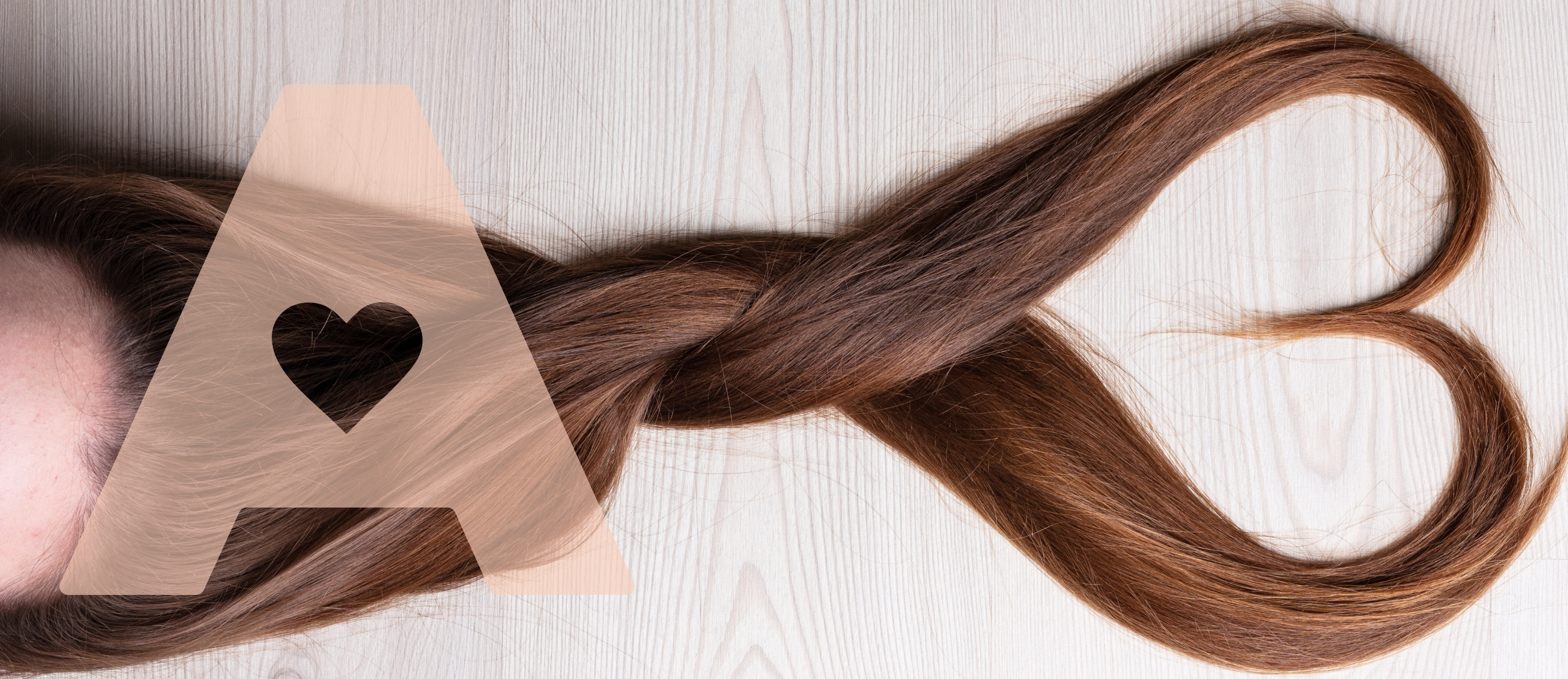Hair loss can happen to anyone at any time. It doesn’t always discriminate by age or gender. That being said hair loss is more common in men than it is women, and more common in people over 50 years. Statistics state that 50% of males over 50 have some kind of hair loss. That being said, female hair loss is more common than most people think. Statistics say that 1⁄5 UK women over the age of 25 are experiencing some hair loss or thinning.
The biology of hair
Each individual hair sprouts from a hair follicle. The hair that we see is called the hair shaft, it is in its resting phase and is known as ‘club hair’. Our hair goes through numerous phases before we see it. First, it undergoes the active (anagen) phase, then the transitional (catagen) phase and then the resting (telogen) phase.
The hair follicle is the’ living’ part of the hair. It has a brilliant blood supply that delivers oxygen and nutrients to the follicle, this is called the papilla. Below this is the germinal matrix. This contains unassigned stem cells that will eventually specialise to become hair cells. These divide every 23-72 hours.
The anagen phase can take 3-4 years. The length of this phase will dictate the length of the hair grown, people who struggle to grow their hair past a certain point may have a shorter anagen phase and vice versa. Hair grows approximately 1cm every 28days.
The catagen phase can last 2-3 weeks. The growth of the hair at this time slows down. The outer sheath of the hair shrinks and forms a ‘club hair’.
The telogen phase lasts around 3 months. This is considered the resting phase. The hairs on our scalp are at different stages of the telogen phase. At the end of the phase, we shed the hairs. We lose approximately 50-100 hairs per day.
Reasons for hair loss.
Gender
Genetics
The old wives tale says that we follow the pattern of baldness through our maternal side, but is there any truth in this? In truth genetics isn’t a solitary cause of hair loss, instead, it’s linked with hormone levels and the natural ageing process. Scientists have found a gene called the AR gene or the androgen receptor gene. Its role is to detect androgen hormones. The AR receptor is found on the ’X’ chromosome which means for males they inherit this from their maternal side
Stress
Studies have shown that stress and hair loss are linked. One disorder is called telogen effluvium which is where stress hormones can cause a high number of hair follicles to reach the resting phase, which after some time can lead to a high number of hair shafts to be shed. This can lead to 300 hairs being shed per day rather than 50-100.
Post-partum
During pregnancy and even after pregnancy the female body undergoes extreme hormones fluctuations which can lead to hairs remaining in the active/anagen phase for longer. Then 3-6months post-pregnancy the hair enters the telogen phase which can lead to excess shedding.
Alopecia
According to the British Skin Foundation, alopecia is the general term for hair loss. Typically alopecia causes hair loss in small patches all around the body. It can affect the scalp as well as other hair around the body. It’s likely to be caused by inflammation and the immune system attacking the hair follicles. Studies have found no association between nutrition and alopecia. However, people with alopecia are at higher risk for autoimmune diseases.
Nutrition and Supplements for hair loss
Biotin
Biotin is also known as Vitamin B7. This will be the first nutrient that you come across if you research hair loss. Biotin carries a European food safety authority (EFSA) approved health claim which dictates that ‘Biotin contributes to the maintenance of normal hair’. According to studies and literature there is very little evidence to suggest that biotin actually improves the thickness of hair.
Amino Acids
Keratin coats the hair shaft. It is made up of amino acids such as lysine, cysteine, arginine and methionine. That being said, no link has been confirmed between hair health by supplementing these amino acids.
Ginseng
Ginseng is from the Panax ginseng plant. Studies and approved health claims show that ginseng increases blood circulation to the scalp. This increases oxygen and nutrient carriage to the hair follicle. One review showed the following ‘...evidence suggesting that ginseng and its major bioactive constituents, ginsenosides, promote hair growth by enhancing proliferation of dermal papilla and preventing hair loss via modulation of various cell-signalling pathways.’
Selenium
Selenium is a trace element that carries an EFSA approved health claim of ‘Selenium contributes to the maintenance of normal hair’.
If you are worried about hair loss, be mindful to seek an expert dermatologist or doctor’s opinion. Focus on keeping stress low and nutrition optimal.
If you would like medical support with hair loss, take a hop over to our sister site : Vytaliving Online Doctor and Pharmacy, Hair Loss Treatments
References
● https://www.healthline.com/health/hair-loss-prevention#1
● https://www.healthline.com/nutrition/best-vitamins-hair-growth#section4
● https://wimpoleclinic.com/blog/facts-and-statistics-about-hair-loss-in-the-uk/
● https://www.huffingtonpost.co.uk/2015/09/28/hair-loss-in-women_n_8207852.html
● https://www.healthline.com/health/hair-loss-and-testosterone#dht
● https://www.ncbi.nlm.nih.gov/pmc/articles/PMC6223099/
● https://www.ncbi.nlm.nih.gov/pubmed/3301105
● https://www.verywellhealth.com/the-biology-of-hair-1068785
● https://www.health.harvard.edu/a_to_z/hereditary-patterned-baldness-a-to-z
● https://blog.helix.com/male-pattern-baldness-genetics/
● https://www.health.harvard.edu/a_to_z/telogen-effluvium-a-to-z
● https://www.ncbi.nlm.nih.gov/pubmed/23682615
● https://www.ncbi.nlm.nih.gov/pmc/articles/PMC6380979/
● https://www.ncbi.nlm.nih.gov/pmc/articles/PMC6163201/





